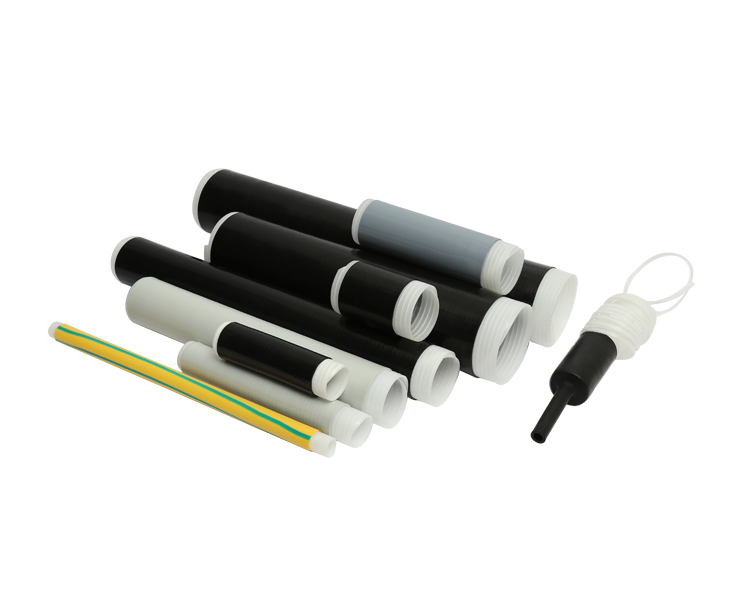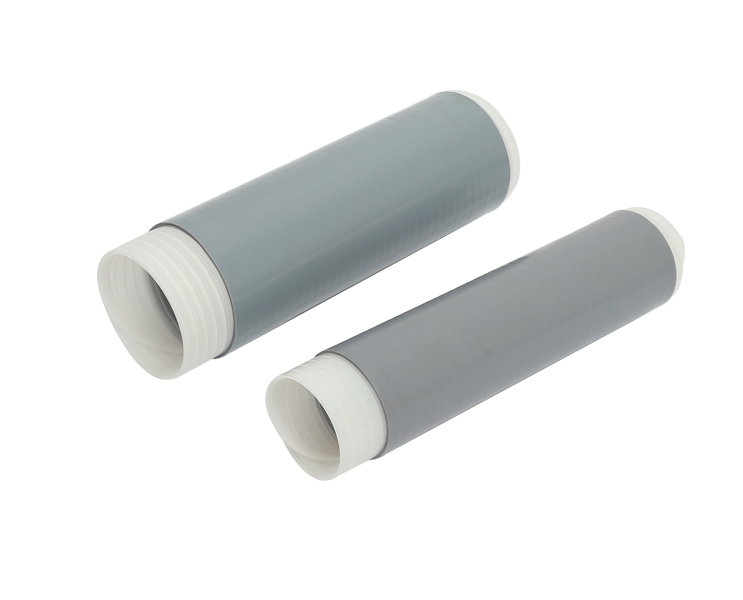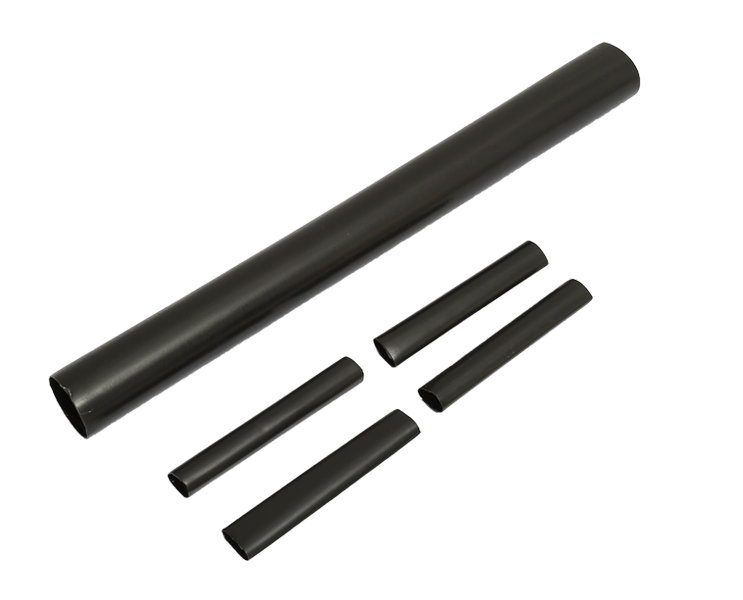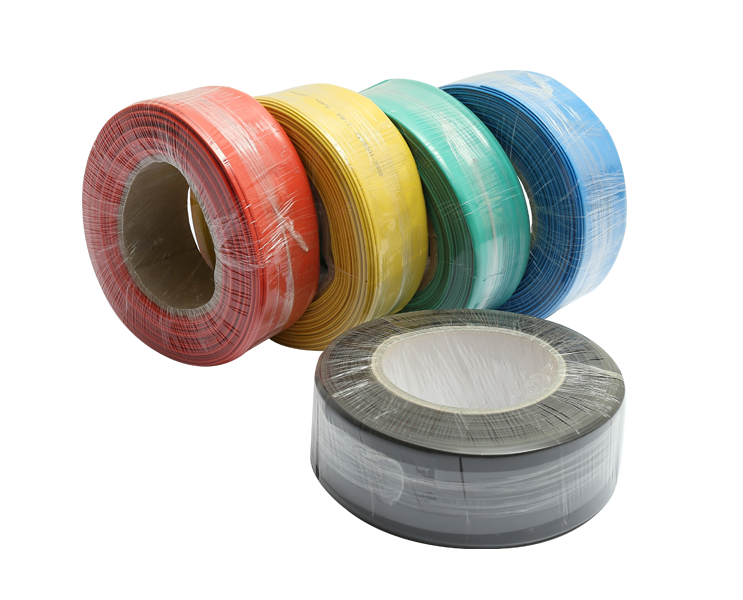In the world of cable technology, both Silicone Rubber Cables and Ethylene Propylene Diene Monomer (EPDM) Cables have emerged as versatile solutions, offering distinct sets of properties and advantages. Understanding their characteristics and applications is crucial for making informed choices in various industries where reliable and durable cable solutions are required. Let's explore the best-suited applications for Silicone Rubber Cables and EPDM Cables.
Silicone Rubber Cables: High Temperature and Flexibility
Silicone Rubber Cables are renowned for their exceptional heat resistance and flexibility. These cables are formulated with silicone rubber, which can withstand a wide range of temperatures, from extremely cold to intensely hot environments. As a result, Silicone Rubber Cables find their niche in applications where extreme temperature fluctuations are commonplace.
1. Industrial Heating Equipment: Silicone Rubber Cables are often used in industrial heating equipment, such as furnaces, ovens, and kilns. These cables can tolerate the high temperatures generated in these processes without compromising performance or safety.
2. Aerospace and Aviation: In the aerospace and aviation sectors, where exposure to both high and low temperatures is common, Silicone Rubber Cables are preferred. These cables maintain their electrical properties even in the harsh conditions of outer space or at high altitudes.
3. Foundries and Steel Plants: Foundries and steel plants generate intense heat during metal smelting and casting processes. Silicone Rubber Cables can endure these extreme temperatures, making them a suitable choice for powering equipment and machinery in such environments.
4. Automotive Wiring: In automotive applications, where heat generated by engines can be substantial, Silicone Rubber Cables provide reliable wiring solutions that can handle the temperature variations under the hood.
EPDM Cables: Weather Resistance and Outdoor Applications
EPDM Cables are renowned for their excellent resistance to environmental factors, such as weather, sunlight, and ozone. This makes them ideal for applications that involve exposure to outdoor conditions and various weather elements.
1. Outdoor Lighting and Landscaping: EPDM Cables are commonly used for outdoor lighting systems, including garden lights, streetlights, and landscape illumination. Their resistance to UV radiation and moisture ensures longevity and reliable performance in various weather conditions.
2. Solar Power Systems: Solar installations require cables that can withstand outdoor exposure for long periods. EPDM Cables, with their resistance to sunlight, heat, and weathering, are often used to connect solar panels and components.
3. Construction Sites: Construction sites often have demanding conditions where cables are exposed to dust, moisture, and rough handling. EPDM Cables excel in such environments, ensuring consistent power distribution to tools and equipment.
4. Marine and Offshore Applications: Cables used in marine and offshore environments are subjected to saltwater exposure and changing weather conditions. EPDM Cables' resistance to water and corrosion makes them suitable for shipboard equipment, offshore platforms, and port facilities.
5. Renewable Energy Installations: Just like solar power, EPDM Cables are also employed in wind energy installations. Their ability to endure harsh outdoor conditions while maintaining electrical integrity is crucial for connecting wind turbine components.
Consideration Factors
While Silicone Rubber Cables and EPDM Cables have specific applications where they excel, some factors should be considered when making a choice:
1. Temperature Range: Silicone Rubber Cables are preferred for extreme temperature applications, while EPDM Cables are suitable for outdoor use and milder temperature ranges.
2. Environmental Exposure: EPDM Cables are better suited for outdoor and environmental exposure due to their resistance to weathering, UV radiation, and moisture.
3. Flexibility: Silicone Rubber Cables offer excellent flexibility even at high temperatures, making them suitable for applications with movement or vibration.
4. Cost: Silicone Rubber Cables are often more expensive than EPDM Cables due to their unique properties, so budget considerations may play a role in the decision-making process.
Conclusion
Silicone Rubber Cables and EPDM Cables each have their own domain of excellence in cable technology. While Silicone Rubber Cables shine in high-temperature environments and applications requiring flexibility, EPDM Cables excel in outdoor and weather-exposed settings. Understanding the strengths of these cables allows industries to make informed decisions, ensuring reliable and efficient power distribution across a diverse range of applications. As technology advances and industries continue to evolve, both types of cables will undoubtedly play pivotal roles in powering our world.

 English
English 简体中文
简体中文



